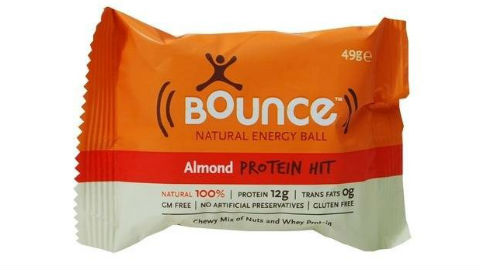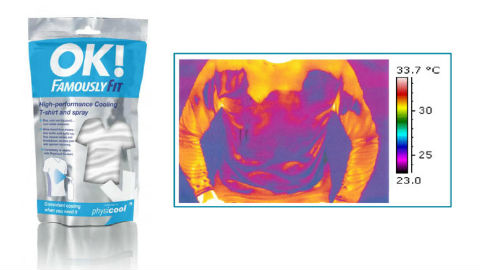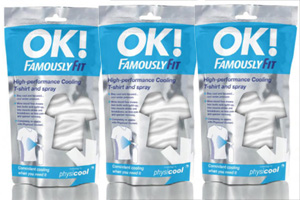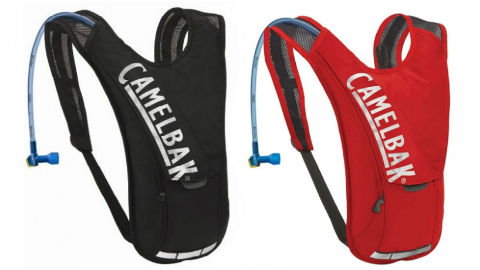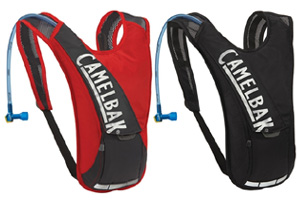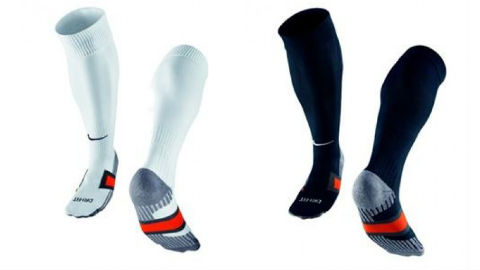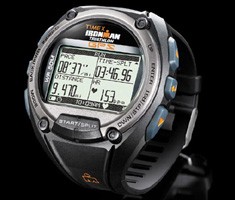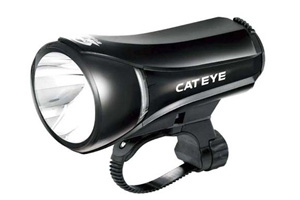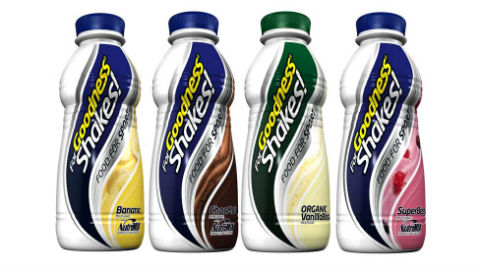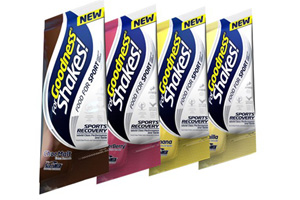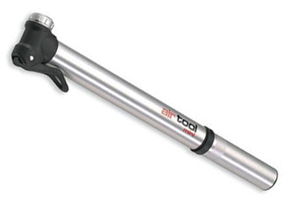 Here at Cyclo we are always on the lookout for nutritious (and hopefully tasty) treats to either supplement or replace gels, which despite many years in the saddle we still can’t quite bring ourselves to enjoy. Bounce Natural Energy Balls certainly seem to bring something a little different to the table; made from 100% natural ingredients and available in five unusual flavour combos: Fudge Walnut, Cashew and Pecan, Almond Protein, Peanut Protein and Spirulina/Ginseng. Depending on variety the individually wrapped balls weigh in between 40 and 50g with varying combinations of wheat, dairy or gluten-free credentials, making them suitable for cyclists with special dietary needs and all contain some truly whopping amounts of carbs and protein. Take, for example, The Almond Protein Hit Bounce Ball – our favourite on test – which packs in 12g of protein and 21g of carbs (12g of which is sugar) to serve up more than 200kcal of energy – ample quantities for fuelling up pre-ride, topping up once in the saddle or recovering afterwards. The balls themselves can truly be described as “rustic”, looking perhaps more like something you would hang in a bird cage, but don’t let looks put you off. Bounce Balls are in fact incredibly tasty and a welcome addition to the kit bag if you’re looking for some variety in your exercise-dependent diet. They are, however, a little dry to the palate and we found that they needed to be taken with a drink.
Here at Cyclo we are always on the lookout for nutritious (and hopefully tasty) treats to either supplement or replace gels, which despite many years in the saddle we still can’t quite bring ourselves to enjoy. Bounce Natural Energy Balls certainly seem to bring something a little different to the table; made from 100% natural ingredients and available in five unusual flavour combos: Fudge Walnut, Cashew and Pecan, Almond Protein, Peanut Protein and Spirulina/Ginseng. Depending on variety the individually wrapped balls weigh in between 40 and 50g with varying combinations of wheat, dairy or gluten-free credentials, making them suitable for cyclists with special dietary needs and all contain some truly whopping amounts of carbs and protein. Take, for example, The Almond Protein Hit Bounce Ball – our favourite on test – which packs in 12g of protein and 21g of carbs (12g of which is sugar) to serve up more than 200kcal of energy – ample quantities for fuelling up pre-ride, topping up once in the saddle or recovering afterwards. The balls themselves can truly be described as “rustic”, looking perhaps more like something you would hang in a bird cage, but don’t let looks put you off. Bounce Balls are in fact incredibly tasty and a welcome addition to the kit bag if you’re looking for some variety in your exercise-dependent diet. They are, however, a little dry to the palate and we found that they needed to be taken with a drink.
The Spirulina/Ginseng variety is undoubtedly the most curious variety. Advertised as a “Defence Boost” this one is probably best used post-ride as it has an ideal 4:1 ratio (more-or-less) of Protein:Carbohydrate and is packed with Ginseng (noted as an antioxidant) and the lesser-known Spirulina, a “superfood” which dates back in use to Aztec times. It has a slight marzipan taste and texture, due to the inclusion of vanilla and almonds, and is one of the most unusual health foods Cyclo has ever tried.
Bounce Balls have really tried to do something different with their product range, both in ethos and execution and we wholeheartedly recommend that you give them a try, assuming you can provide a positive answer to their tag-line slogan: “Have you got the balls?”
Various UK stockists or available at www.bouncefoods.com, with a 12 price of £16.55
